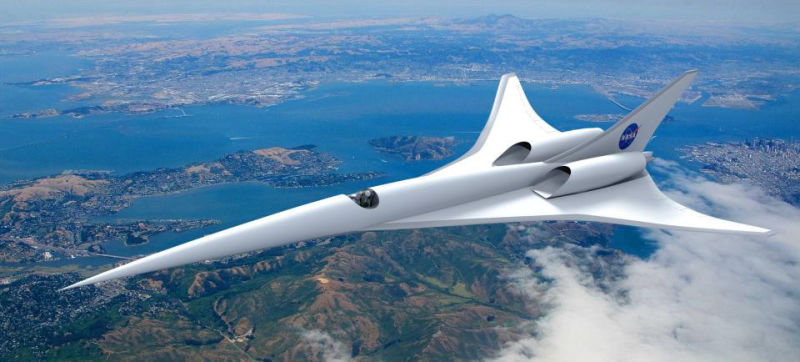
(Credit: University of Manchester)
Hypersonic flight – defined as Mach five or above – would see aircraft subjected to external temperatures between 2,000 and 3,000°C, leading to structural challenges caused by oxidation and ablation. Amongst other materials, current spacecraft and missiles rely on ultra-high temperature ceramics (UHTCs) to combat high temperatures. However, according to Manchester University, conventional UHTCs can’t currently satisfy the associated ablation requirements of hypersonic flight.
“At present one of the biggest challenges is how to protect critical components such as leading edges, combustors and nose tips so that they survive the severe oxidation and extreme scouring of heat fluxes such temperatures cause to excess during flight,” said Philip Withers, Regius Professor at Manchester University.
Working in collaboration with Central South University (CSU), China, and the Royce Institute, Withers and his colleagues developed a carbide coating that performs 12 times better than Zirconium carbide (ZrC), a widely used UHTC often found in tool bits.
According to the team, the performance of the coating is due to its unique structural make-up, which provides excellent heat resistance and improved oxidation resistance. The coating is manufactured using a process called reactive melt infiltration (RMI) - which reduces the time needed to make such materials -and reinforced with carbon–carbon composite (C/C composite), making it extremely resistant to typical surface degradation.
“Current candidate UHTCs for use in extreme environments are limited and it is worthwhile exploring the potential of new single-phase ceramics in terms of reduced evaporation and better oxidation resistance,” said Ping Xiao, Professor of Materials Science, who led the study at the University of Manchester.
“In addition, it has been shown that introducing such ceramics into carbon fibre- reinforced carbon matrix composites may be an effective way of improving thermal-shock resistance.”




Poll: Should the UK’s railways be renationalised?
All public service companies should be nationalised for many different reasons, particularly railways, not the least because the tax payer has already...